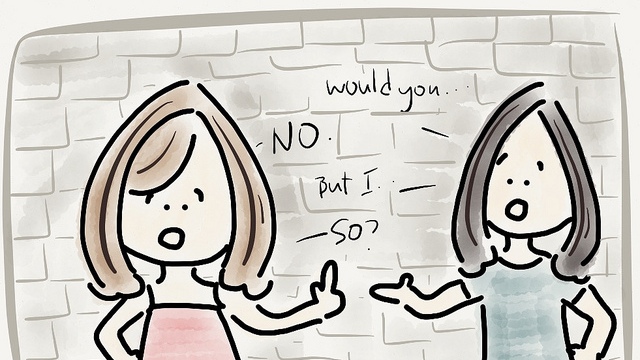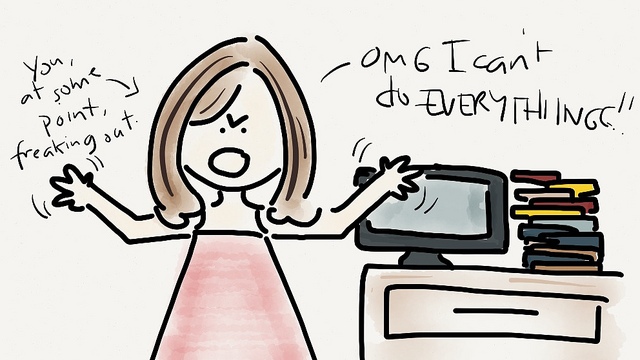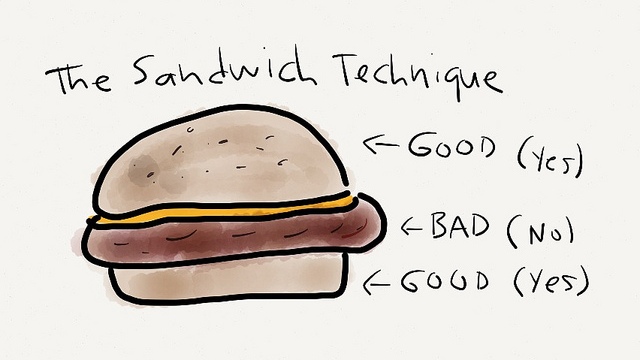SUMMARY
This is AI generated summarization, which may have errors. For context, always refer to the full article.
Filipinos are a friendly, accommodating people. It’s a point of national pride, but it can also be a curse. I recently wrote a blog post about why you shouldn’t ask people to do things for free and I was surprised to discover that it resonated with so many people. I suspect the reason behind this is that many of us have a problem with saying two very simple two-letter words.
The first is NO. The second is “SO?”
Why is that? Well, probably because we’re so darn friendly and accommodating. Also, these two short but powerful words kind of make us sound like jerks – especially when used together in the same rejection.

That’s the thing. No one wants to be a villain. But the problem is that we can – and often do – take this fear of looking bad too far, so much so that we end up sacrificing what’s important to us in order to accommodate what’s important to someone else.
This makes no sense.
Saying NO doesn’t make you a bad person. It just tells people that you have other priorities. Saying “So?” doesn’t have to be rude or abrasive. (It’s all in the tone, really.) It just invites further discussion – and some convincing on their part – as to why their priorities should supersede yours.
One of the most liberating things I’ve ever learned from Oprah was that you don’t need a reason to say no. It’s your right. I’ve found, however, that while this is all good in theory, it can be a little awkward in practice.

The truth is, whenever you say No, you always have a reason anyway. Whether you acknowledge this or choose to explain it is your call. But more often than not, a simple but firm explanation regarding the reason for your denial is enough to appease any requesting party. If you add a “So?” in there somewhere, when the more rabid ones press on regardless, the burden of explanation becomes theirs.
As much as we may shy away from it, saying No is crucial to our productivity, health, and general well-being. William Ury, author of The Power of a Positive No, says that “To say yes to the right things, you have to say no to a lot of other things.” And it’s true.
There’s only so much you can do on any given day – even less, if you want to do your work excellently and still maintain healthy personal relationships. If you can’t say no without being paralyzed by guilt or the fear of social censure, then you open yourself up to stress, resentment, burnout and all sorts of other misery.

“No is the word we must use to protect ourselves and to stand up for everything and everyone that matters to us,” says Ury. “But as we all know, the wrong No can also destroy what we most value by alienating and angering people. That’s why saying No the right way is crucial.”
If you’d like to learn the right way to say no, there are number of books and great articles on the topic that you can find online. It is, after all, a pretty common problem. But here are a couple of tips to get you started:
- Know your No. Peter Bregman of the Harvard Business Review says “Before you can say no with confidence, you have to be clear that you want to say no.” In order to do this, you need to identify first what’s important to you and acknowledge what’s not.
- Use the Sandwich Technique. One of William Ury’s suggestions is to “serve your No sandwiched between two Yeses.” (This is actually very similar to a technique I often use at work when giving bad feedback to an employee.)

Let your first Yes be an expression of appreciation. As Bergman points out in his HBR blog, when people make a request, it’s almost never an insult. It’s actually an acknowledgment of your talent or ability. So be grateful.
You can stick your No in afterwards, with a brief and reasonable explanation, and then finish on a positive note. This could be a “Maybe next time…” or another “Thanks for thinking of me” – it’s up to you, really.
Pretty cool, huh? You can find more tips on how to say No here and here, as well as here.
And if after learning and practicing the Art of Saying No, you find you’re still afraid people might think you’re a selfish jerk, just ask yourself a simple question…
“SO???”
It might help you to remember that what other people think really shouldn’t be the basis for the decisions you make in life. Once you realize this, you set yourself free. – Rappler.com
Add a comment
How does this make you feel?
There are no comments yet. Add your comment to start the conversation.